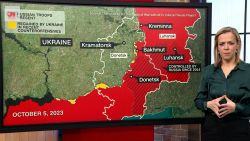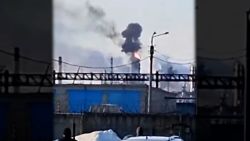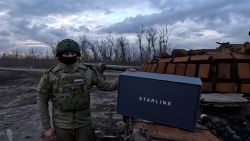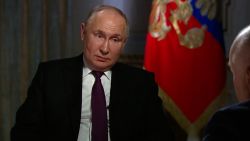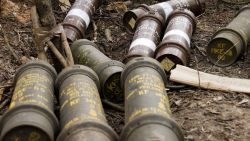The war in eastern Ukraine appears to be entering a critical phase, as Russia pours in more fighting units and Ukrainian forces try to hold lines battered by weeks of shelling and rocket fire.
On Wednesday, the Ukrainian military acknowledged losing territory in two different areas of the long front lines they are defending, a reflection perhaps of the sheer volume of Russian forces being deployed as well as improving Russian tactics.
Essentially Ukrainian forces are defending three sides of a slowly shrinking pocket in the east, with their only supply lines running in from the west. The risk – if the Russians make progress – is that some of the Ukrainian army’s best units, lacking protection from the air, could be cut off.
The Ukrainian military said Wednesday that Russia has transferred two more battalion tactical groups of the 76th Airborne Assault Division from the Russian city of Belgorod to the Izium area inside Ukraine – as well as cruise missile units.
The Kremlin’s declared aim is to secure all of Luhansk and Donetsk regions – with the Russian military also eyeing a permanent land corridor connecting Russia’s territory with Crimea along the Ukrainian coast.
The Russian modus operandi seems similar regardless of location: days and sometimes weeks of heavy artillery, missile and air strikes that pulverize towns and cities, followed by the slow movement forward of armor.
In Donetsk region, the Russian focus is on taking two important towns: Sloviansk and Kramatorsk, both of which were briefly held by Russian-backed separatists in 2014.
Russian units are trying to push towards these centers from three directions. Advance units are probably within 10 miles of Sloviansk, and images emerged Wednesday of a road bridge southeast of the town that had been blown up – possibly a defensive move by Ukrainian units fighting a tactical withdrawal.
The Russian Ministry of Defense in its recent statements has suggested the offensive is accelerating, supported from the air. On Wednesday, it claimed 50 Ukrainian formations had been hit by its combat planes in the previous 24 hours.
The Institute for the Study of War (ISW) in Washington says Russian tactics appear to have improved. “Russian troops are pushing down multiple roughly parallel roads within supporting distance of one another, allowing them to bring more combat power to bear than their previous practice had supported,” the ISW says in its latest analysis.

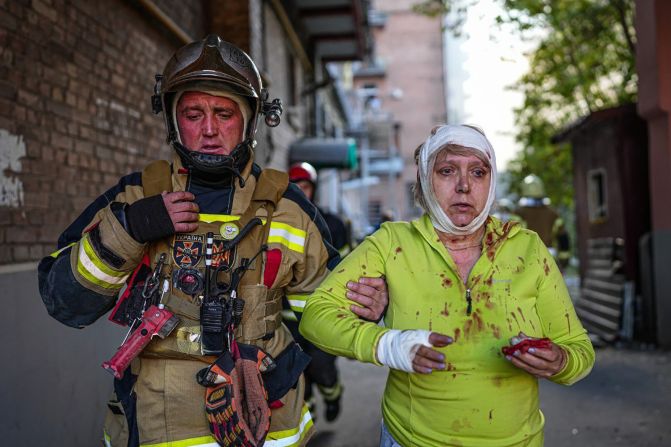
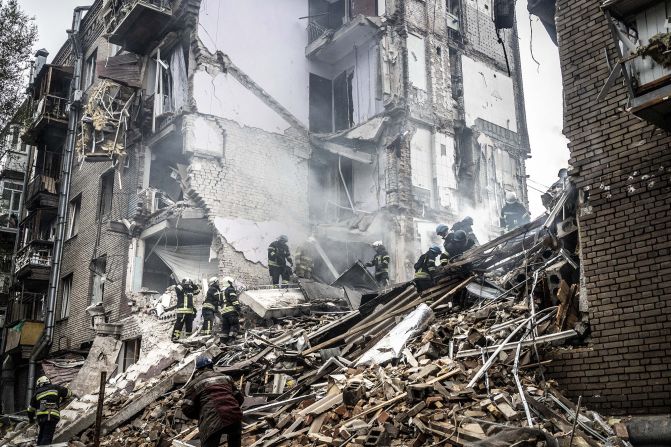
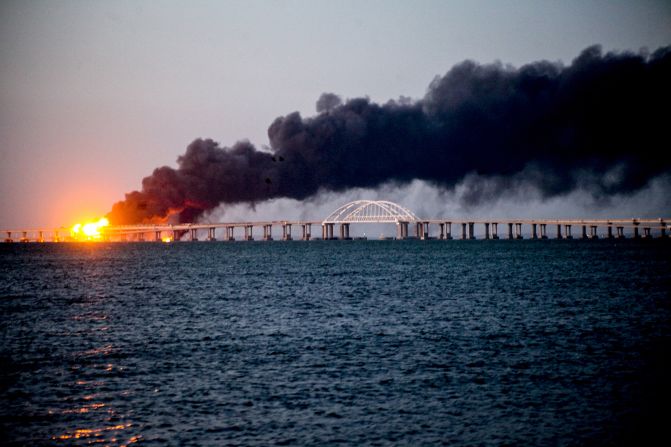
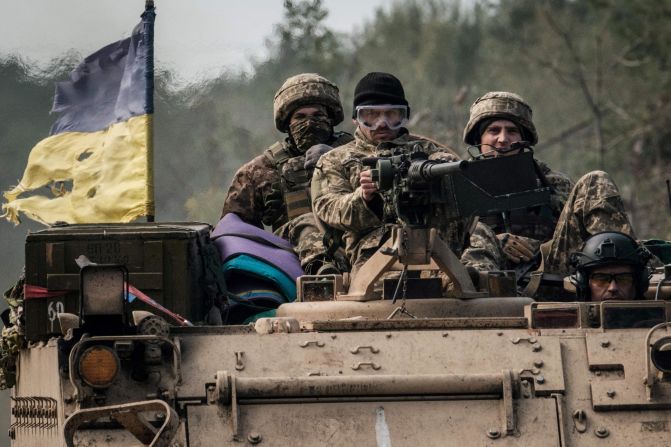
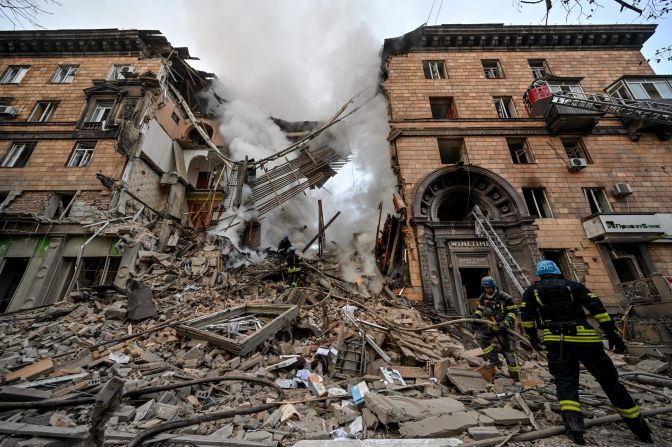
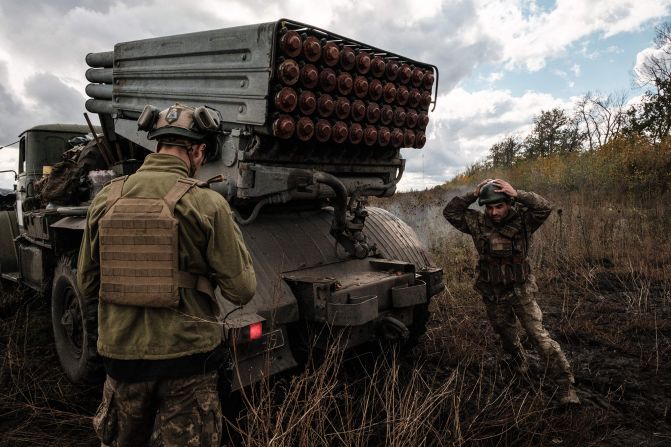
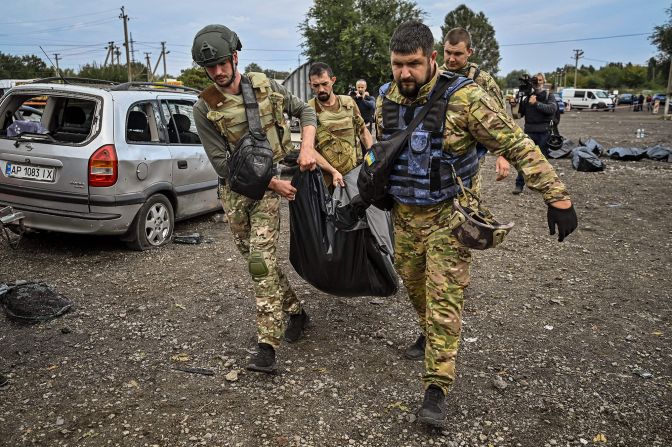
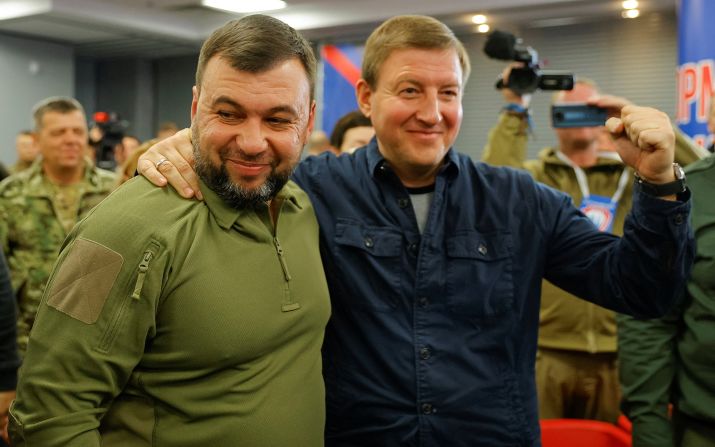
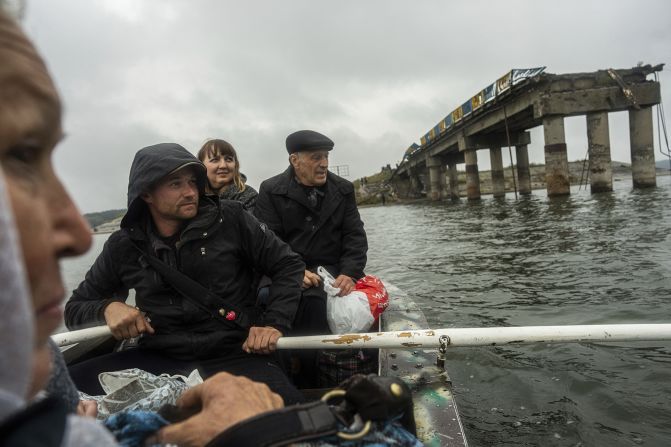
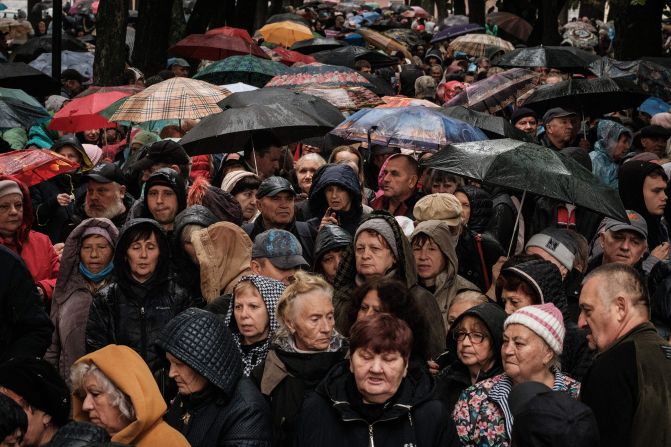

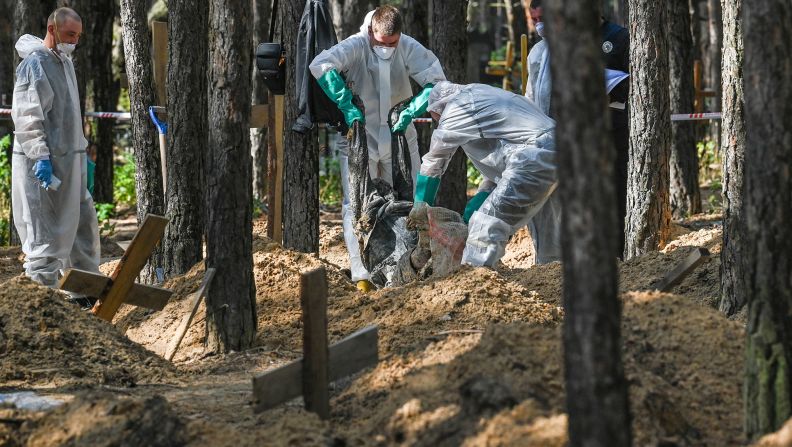
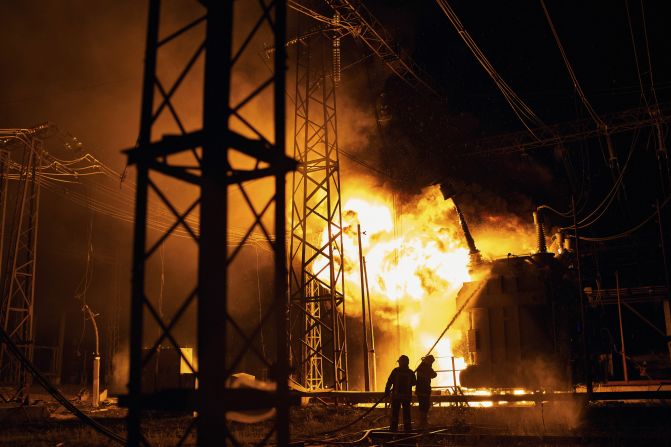
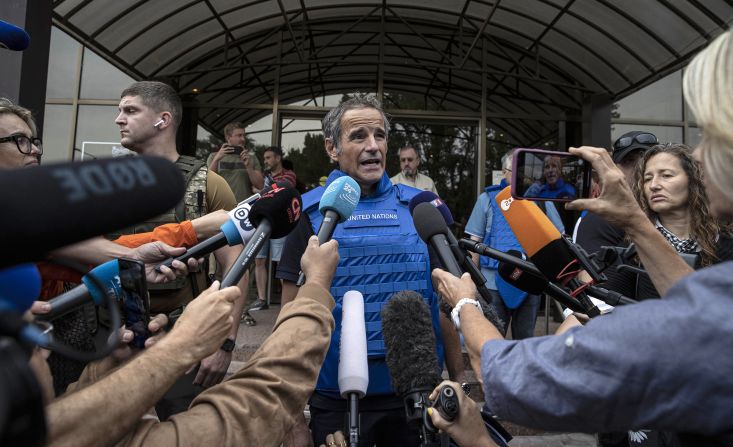
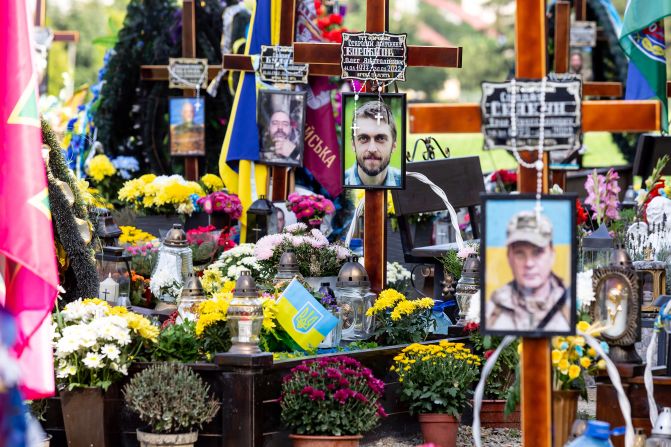
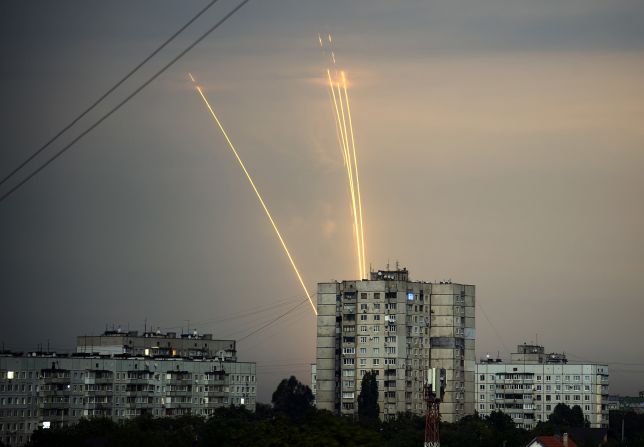
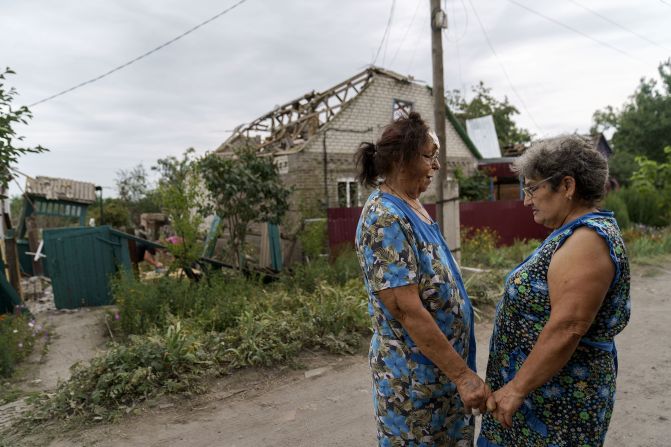
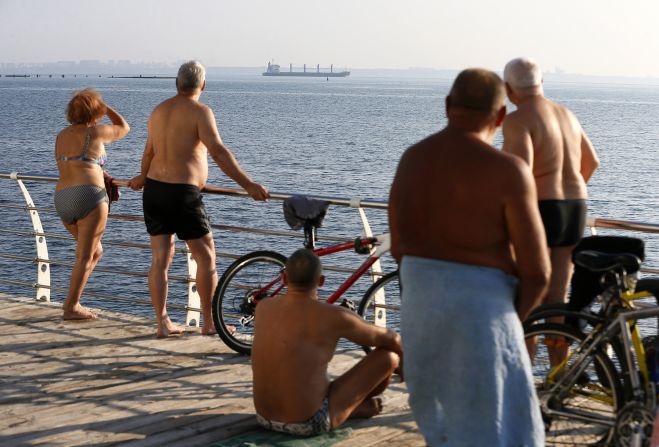

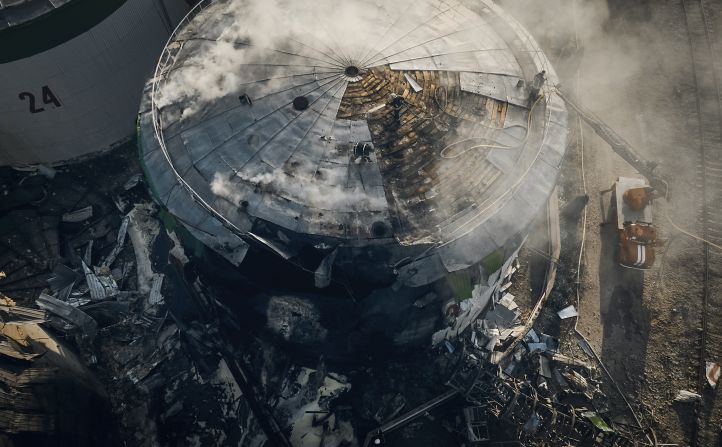
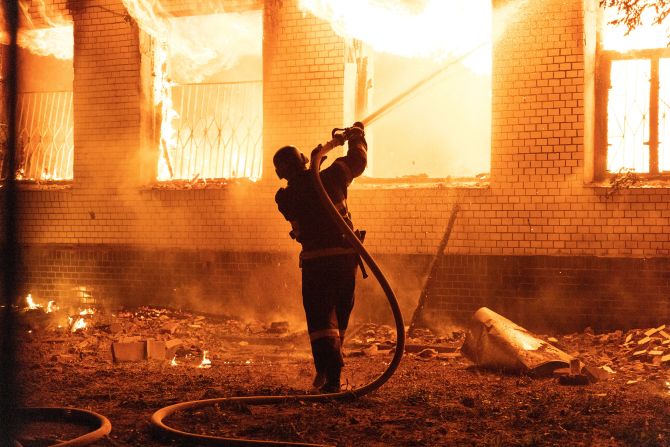
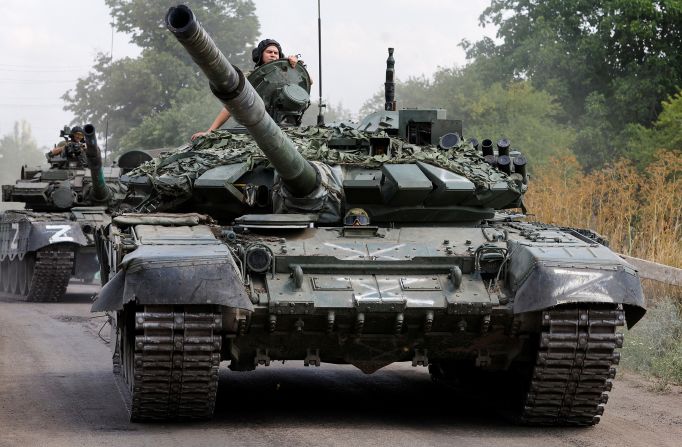
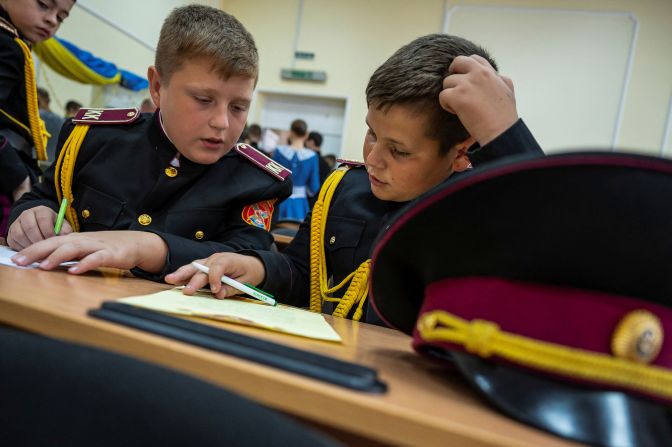
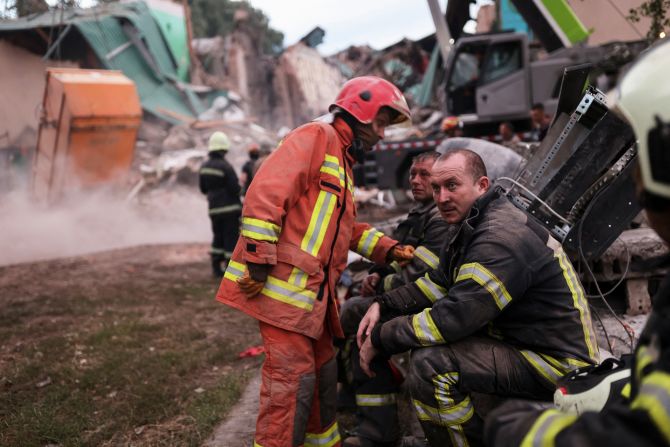
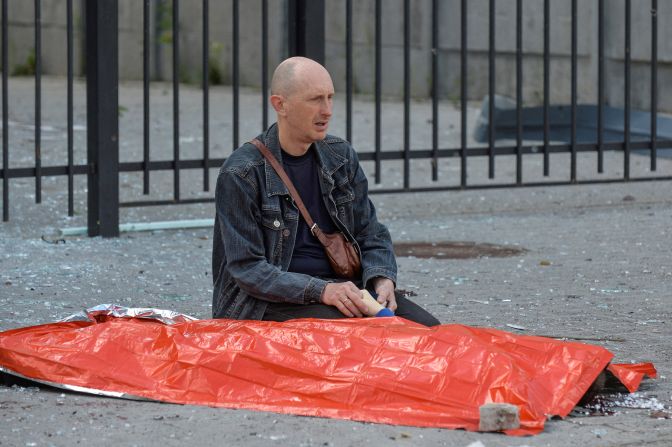
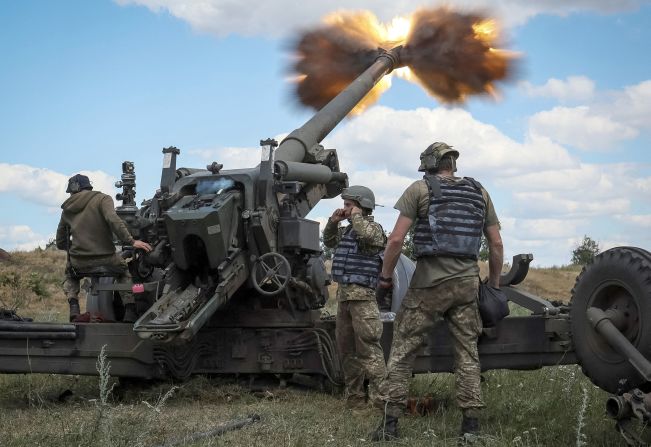
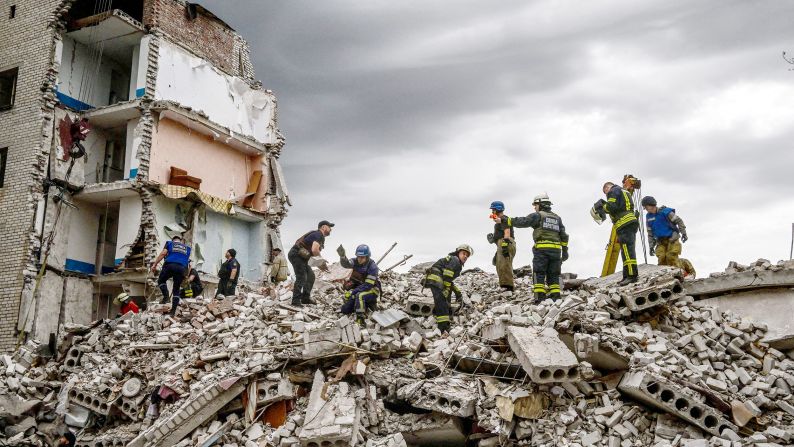
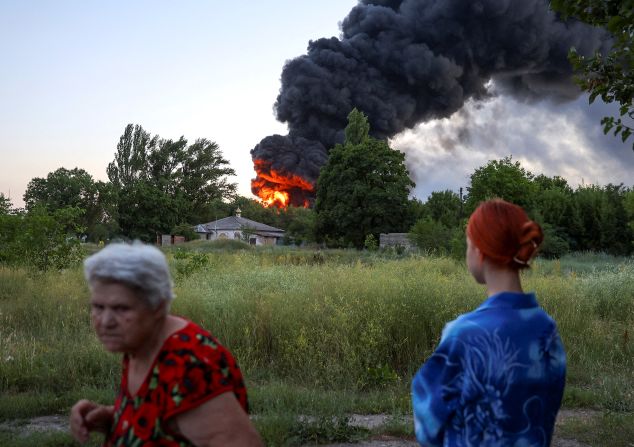
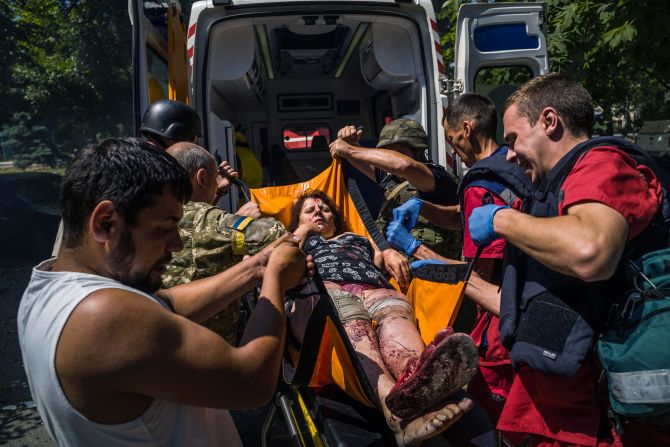
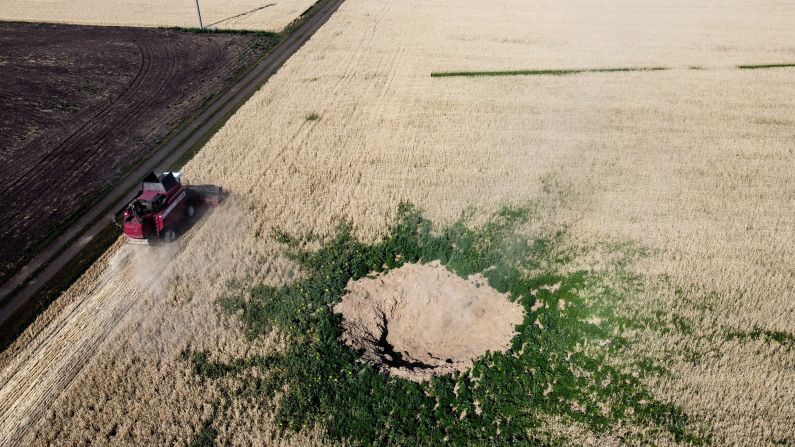
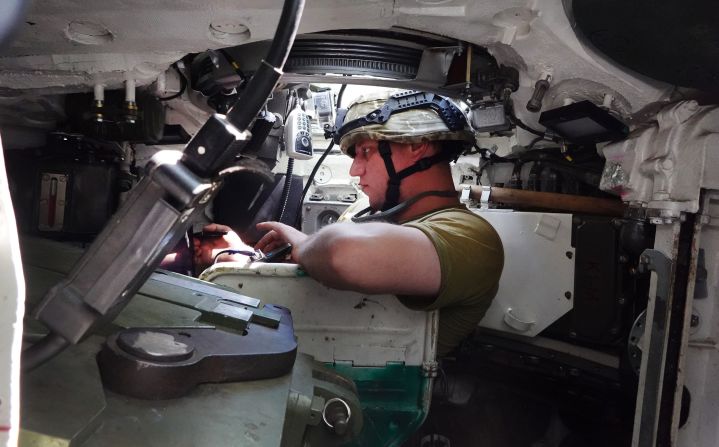
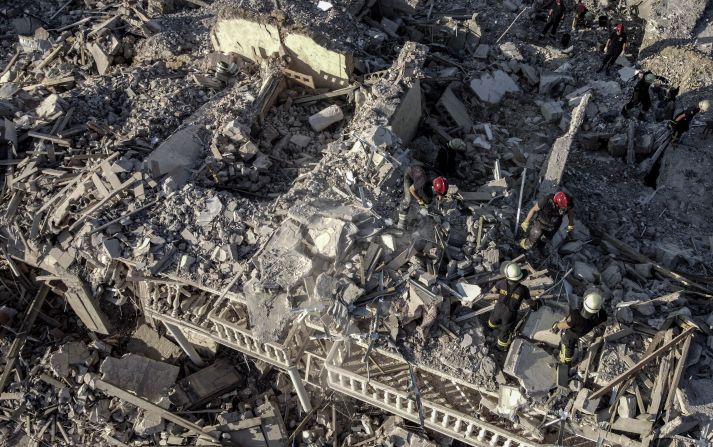
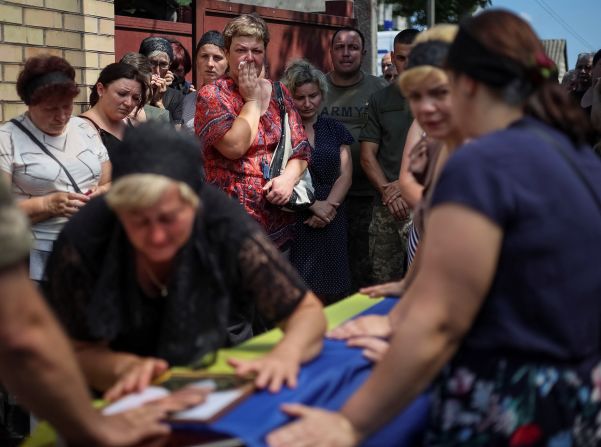

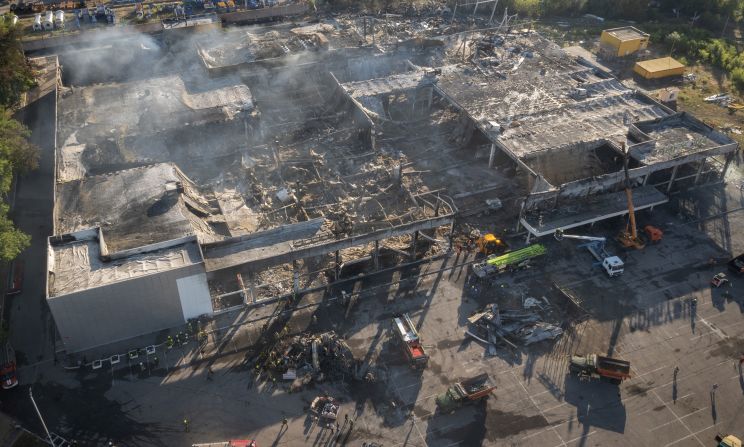
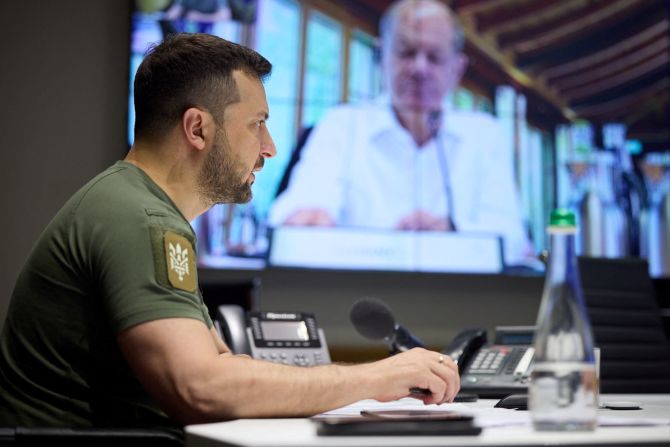

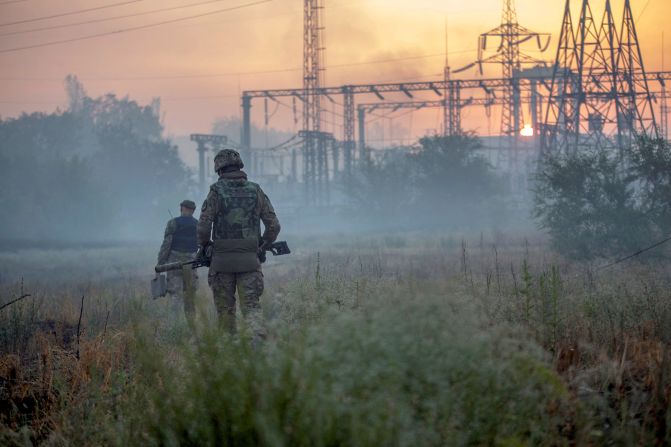
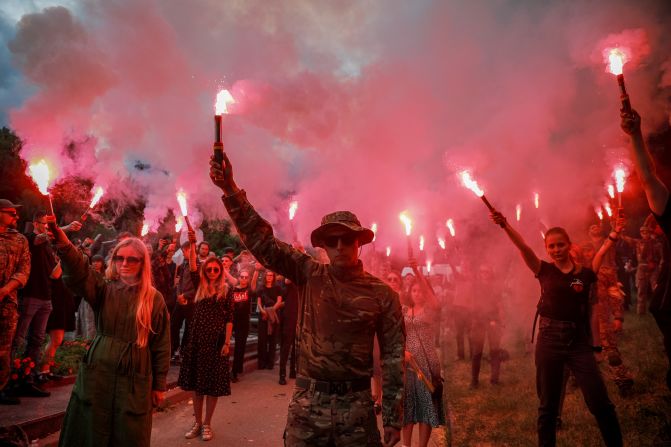
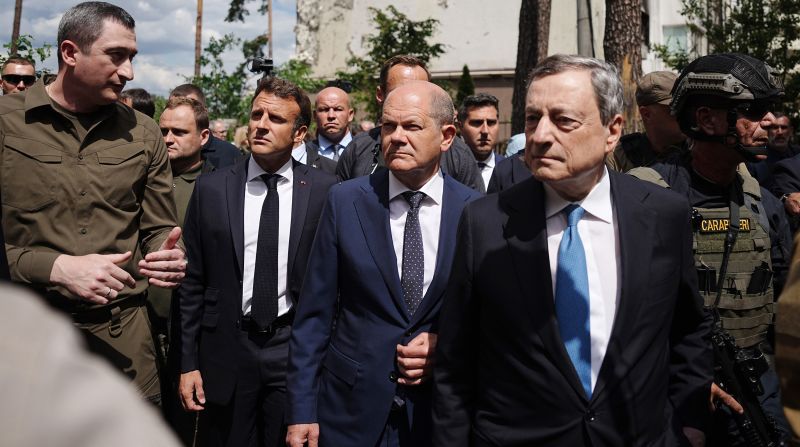
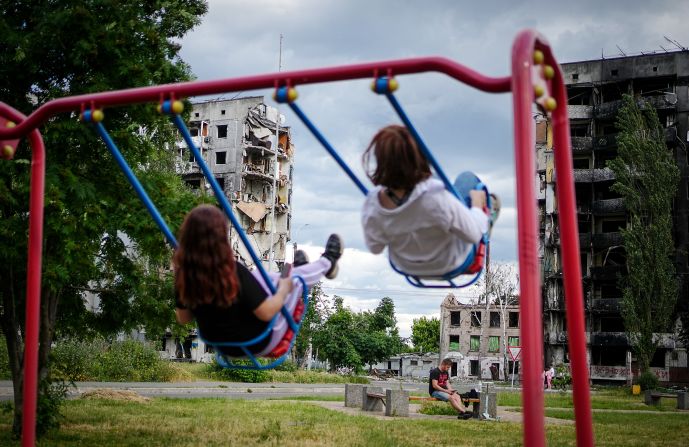
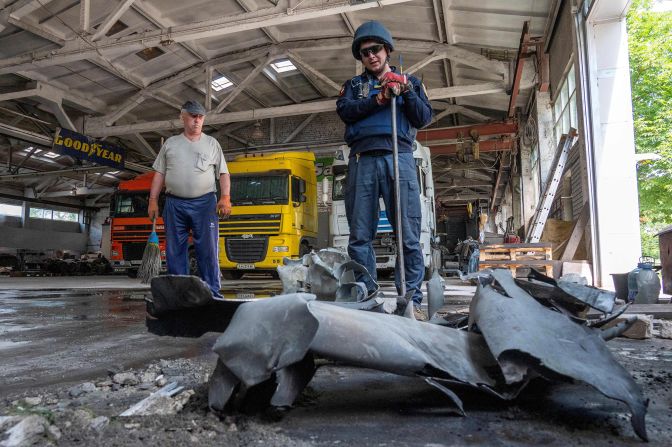
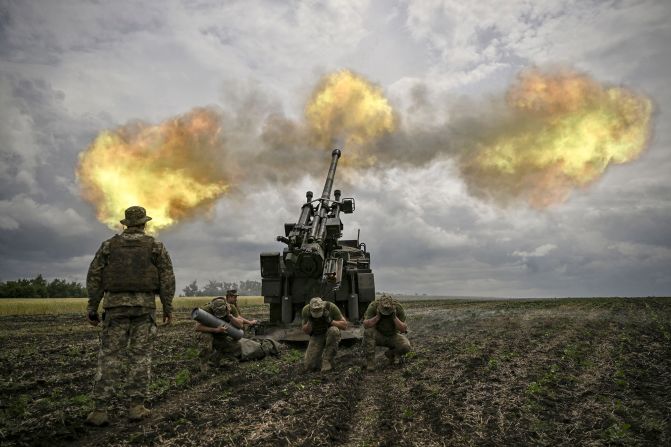
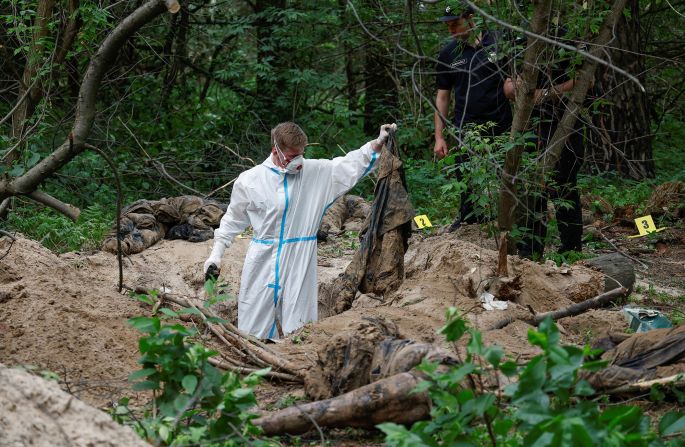
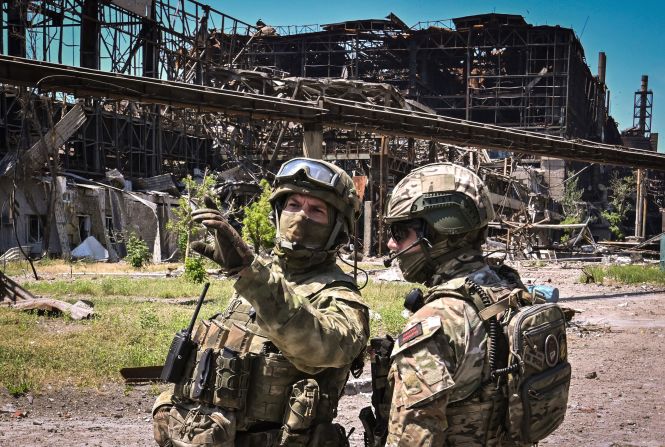

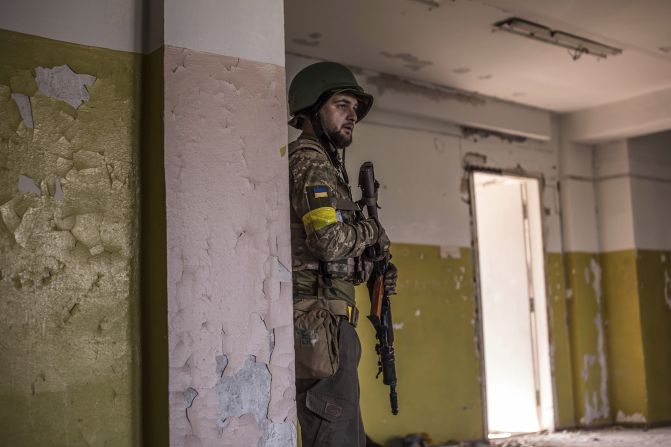
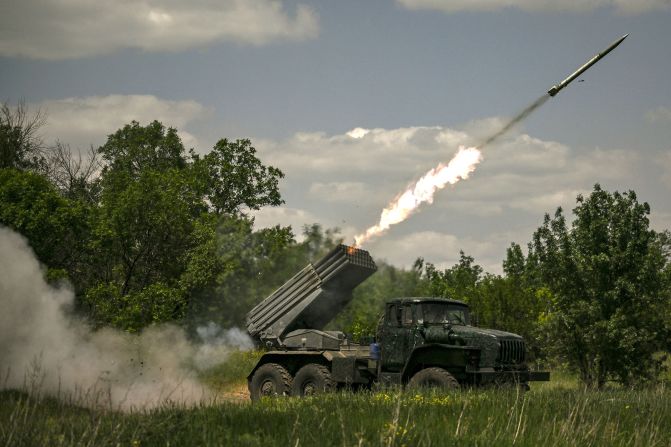

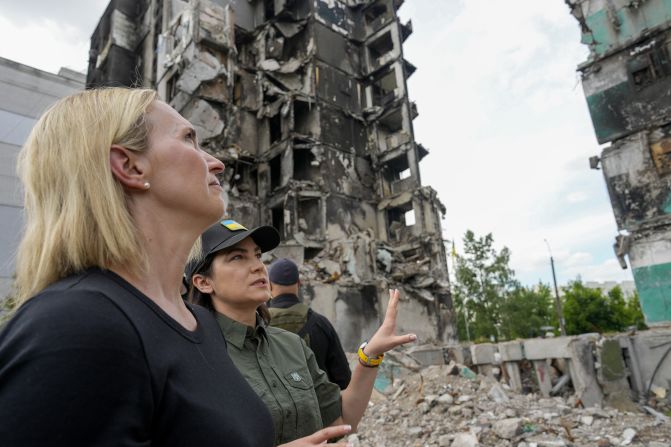
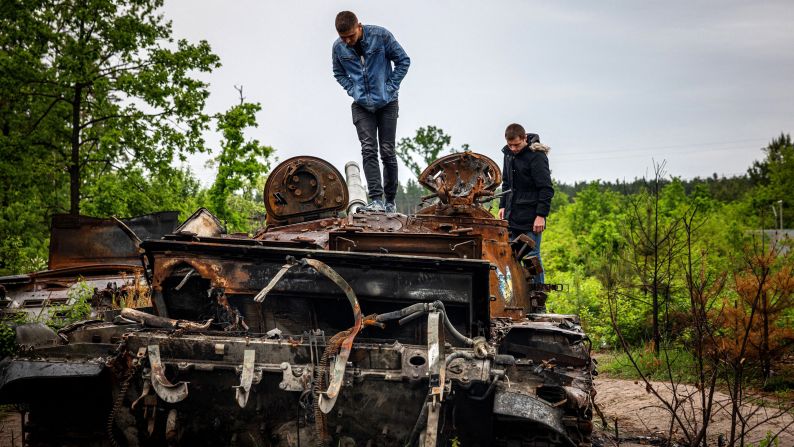
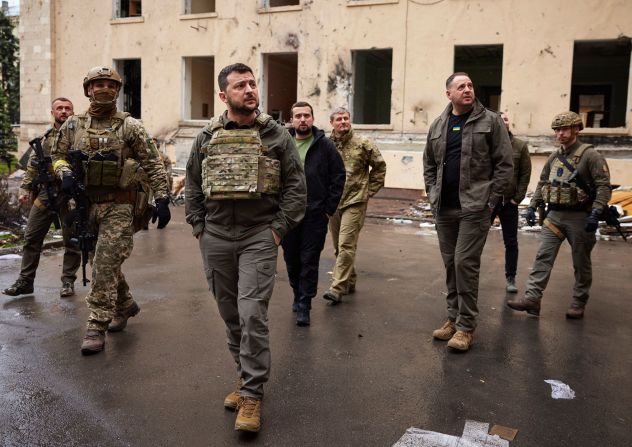

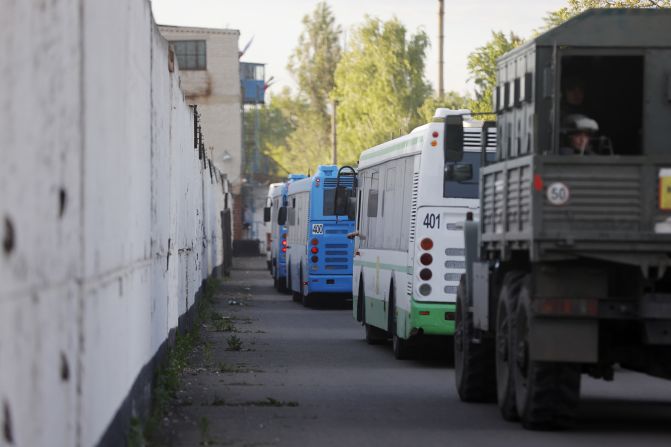
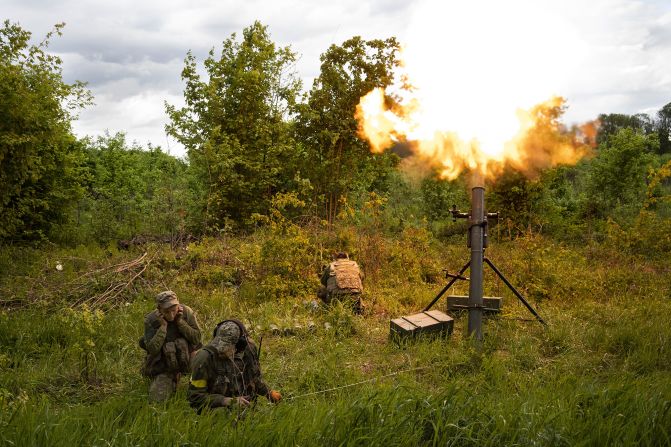

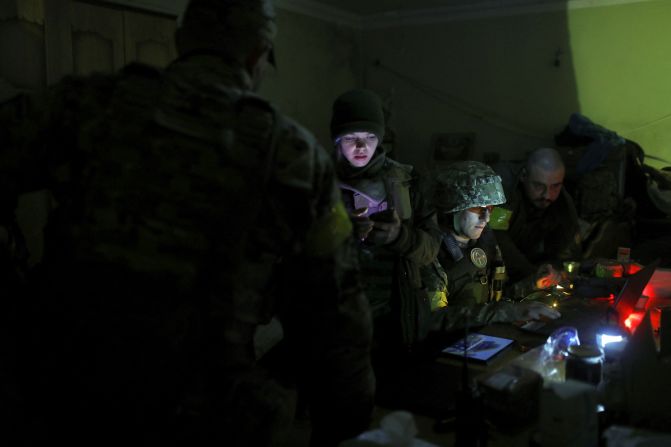
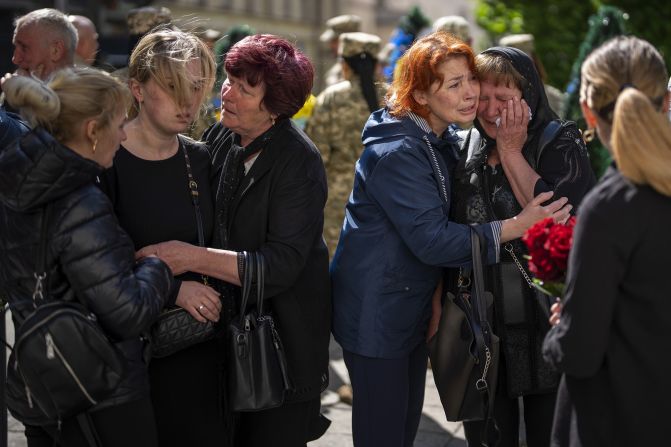
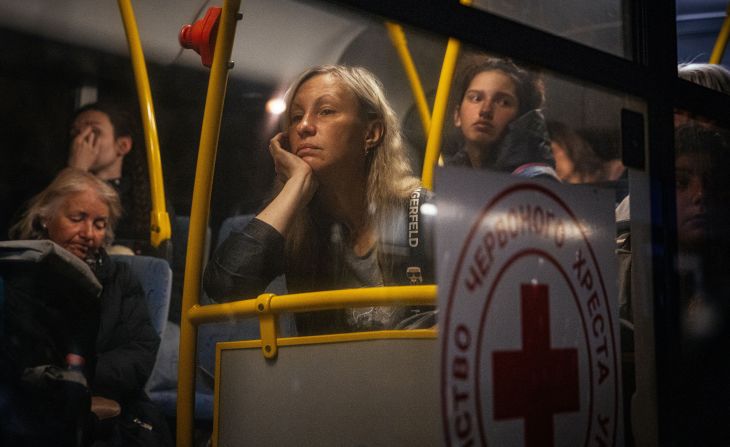
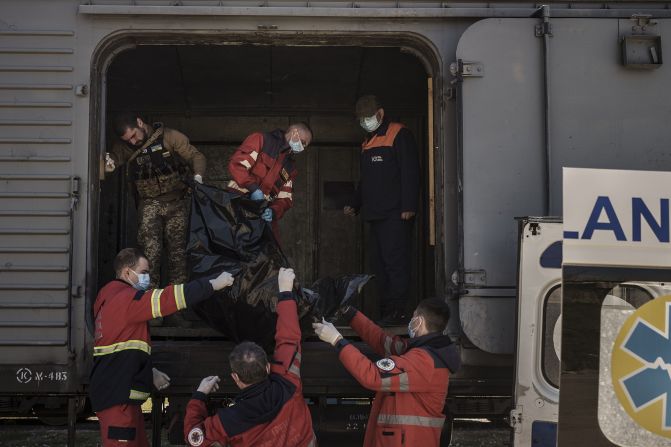
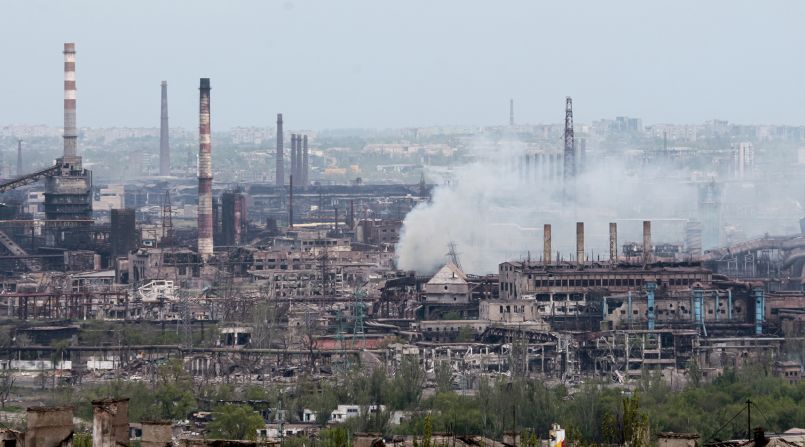
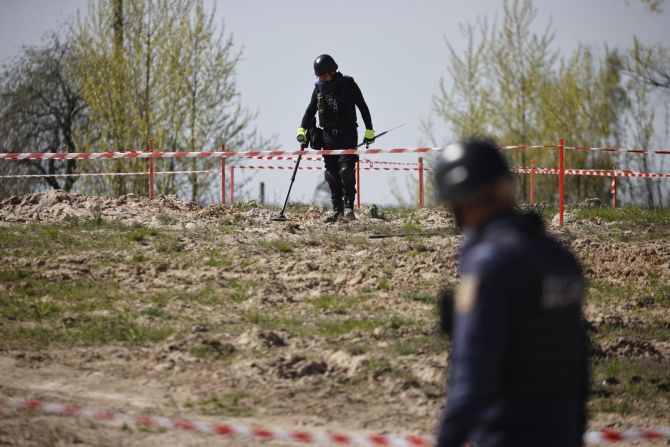
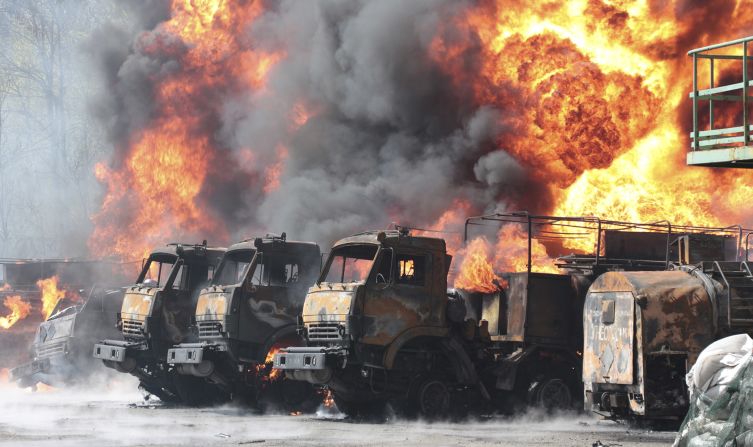
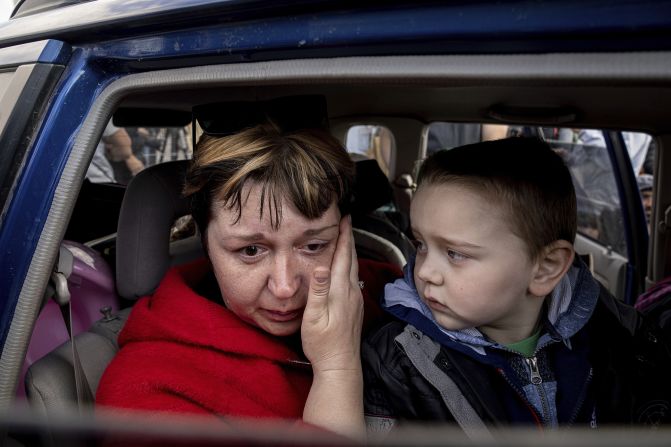
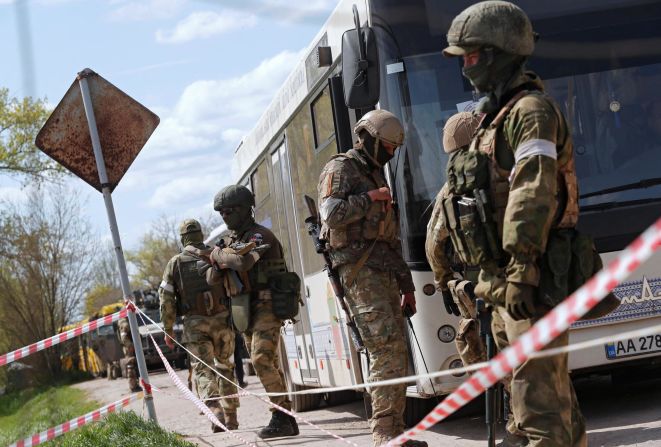
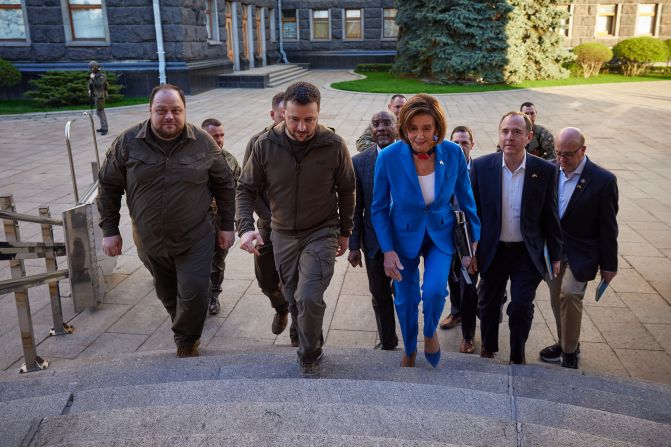
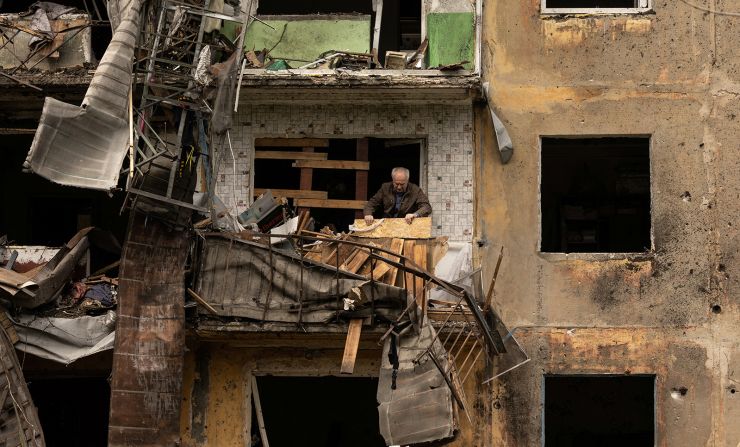
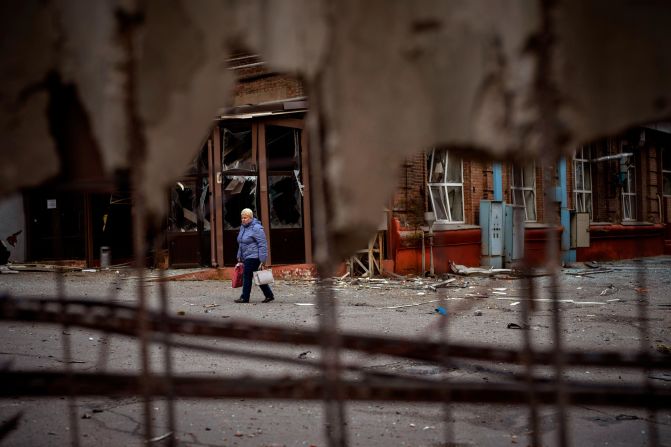
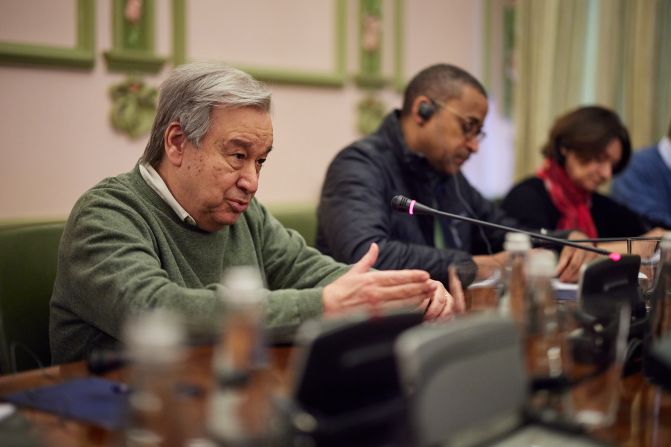
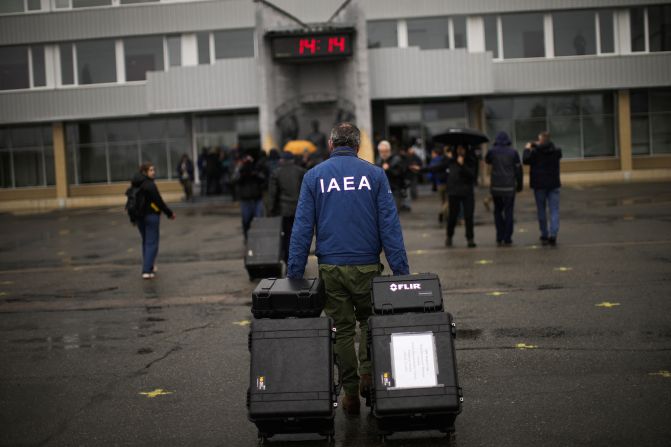
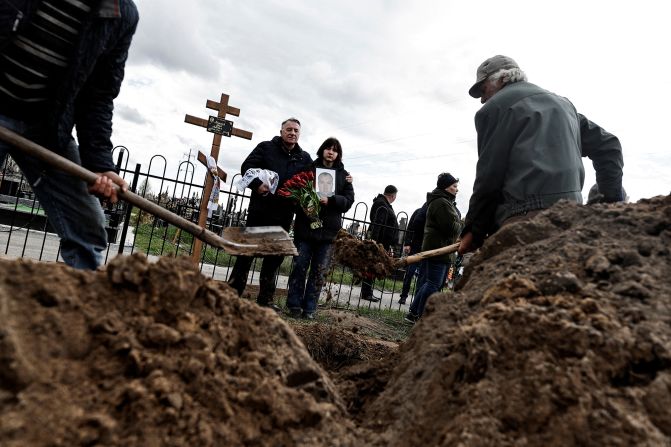
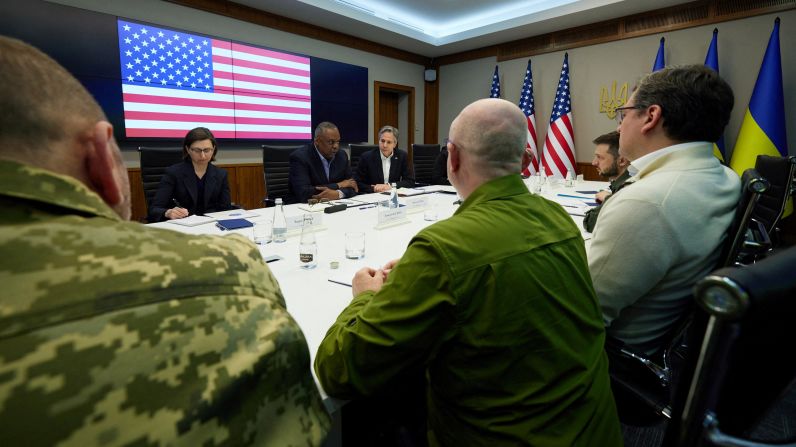

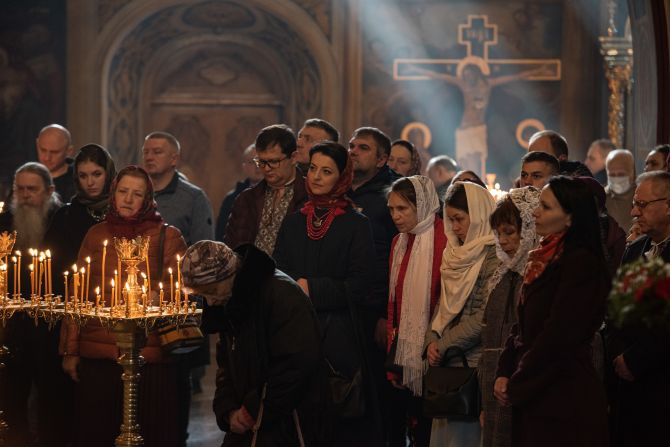
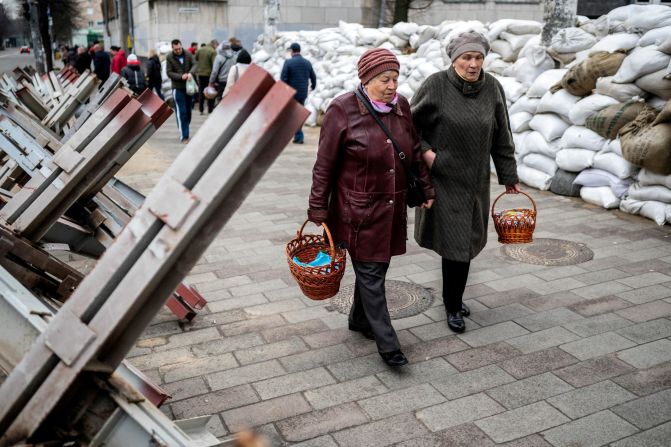
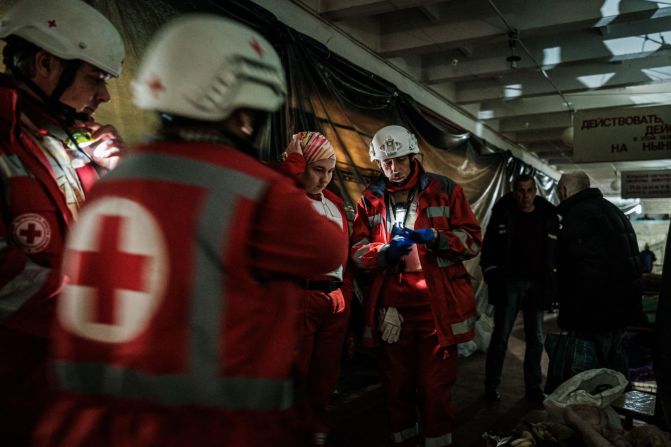

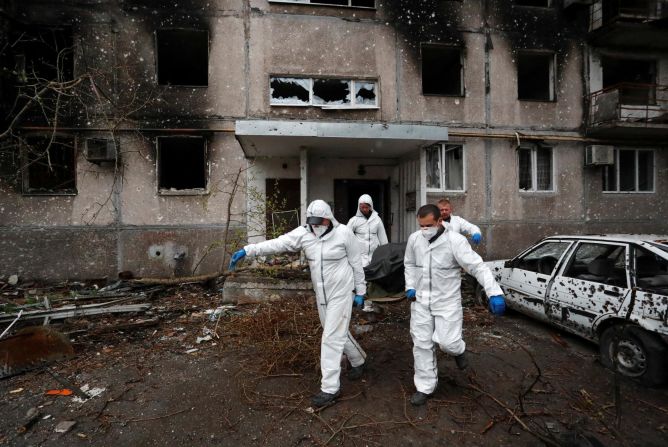
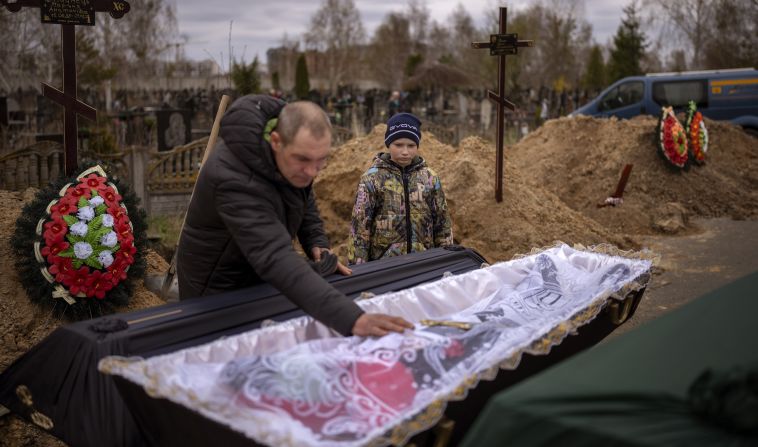
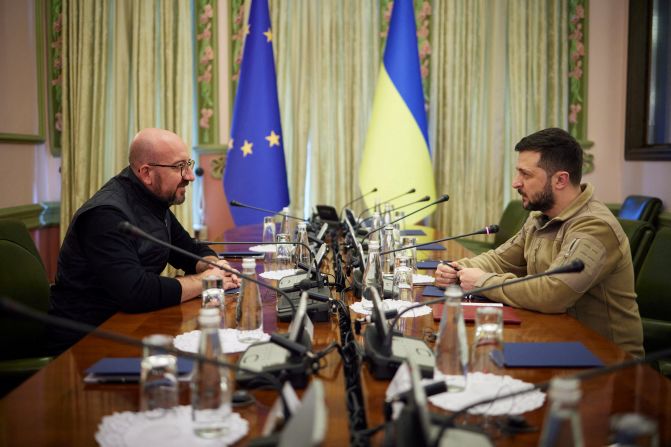
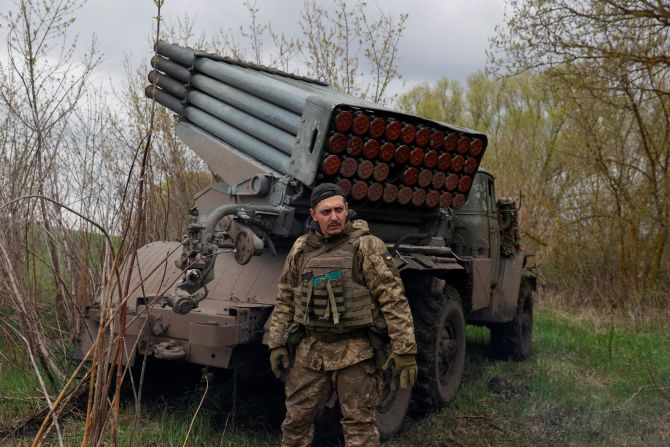
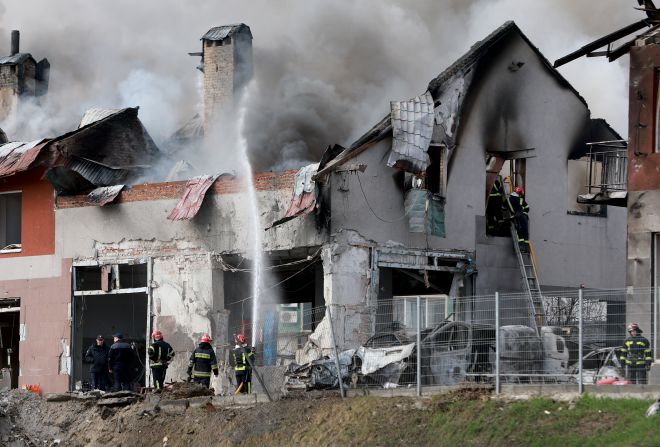
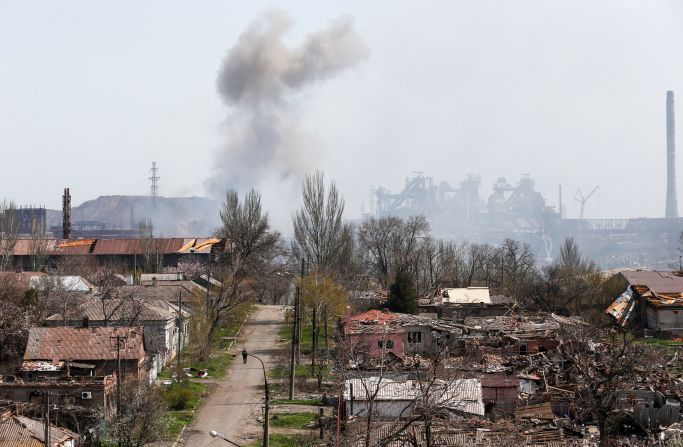
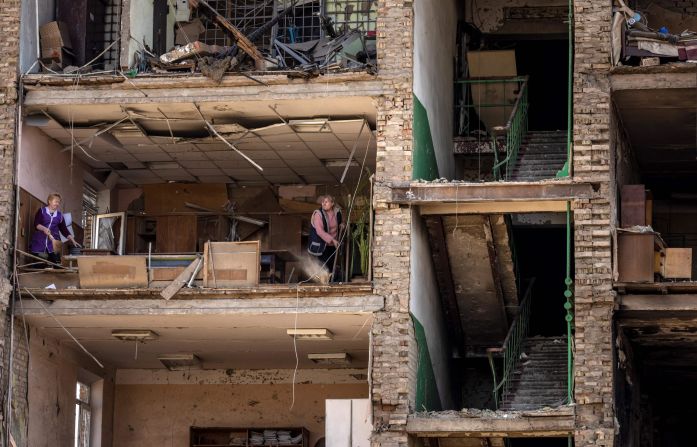
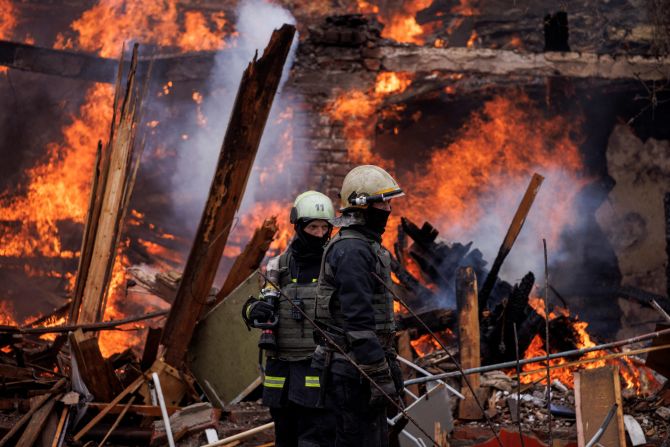
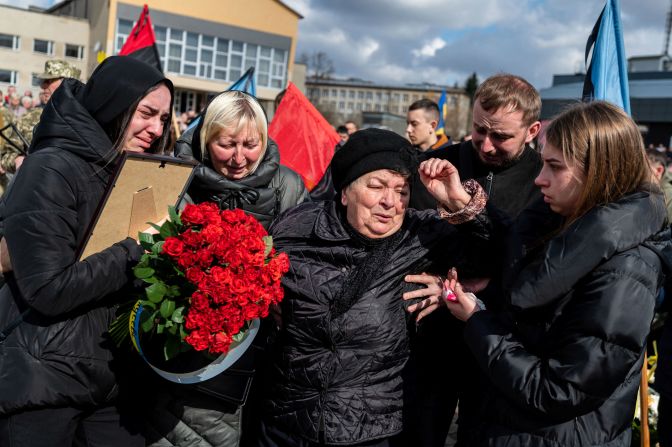
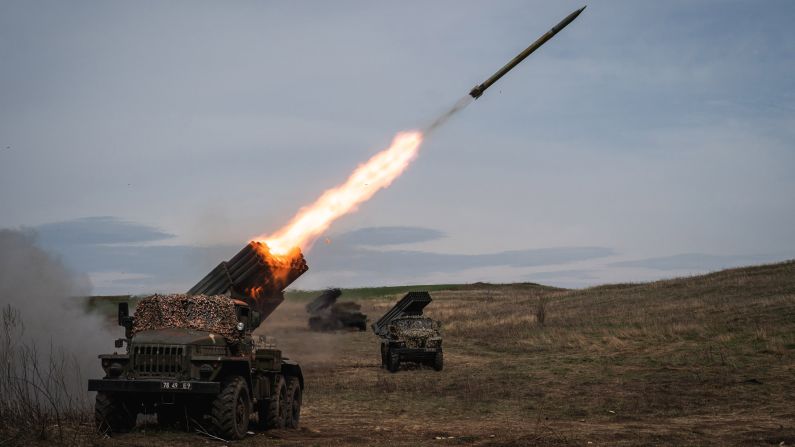
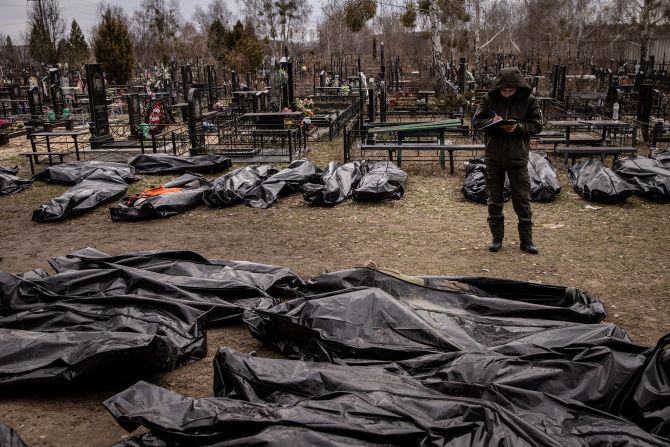
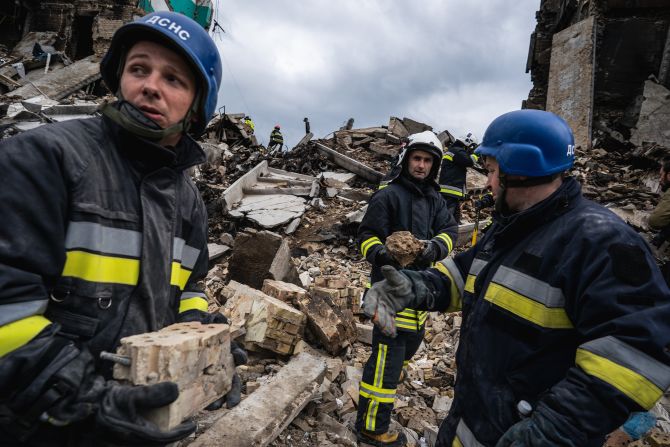

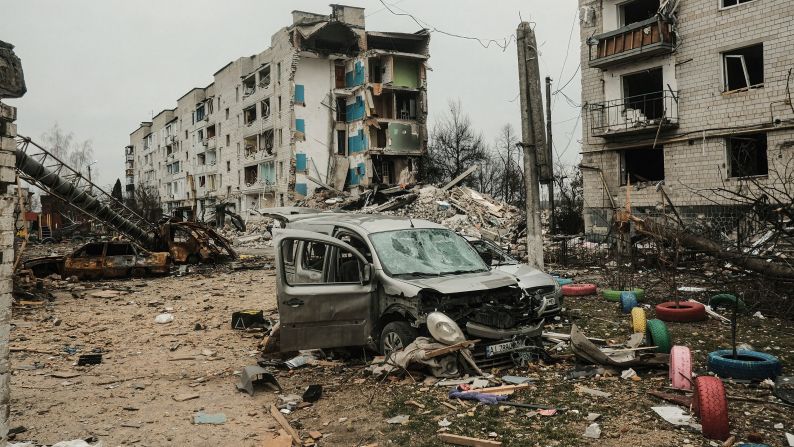
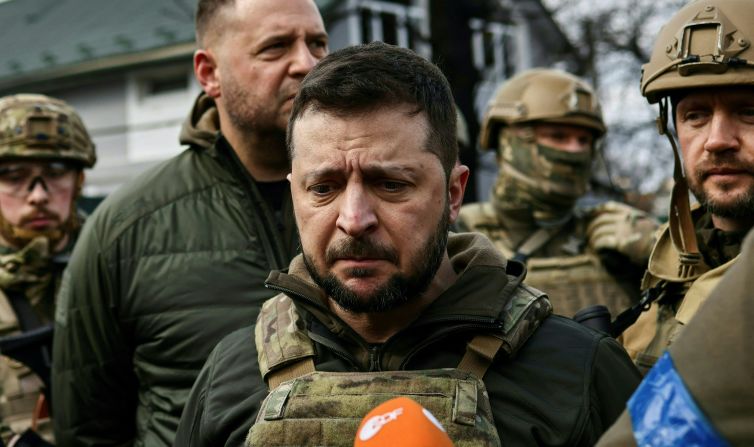
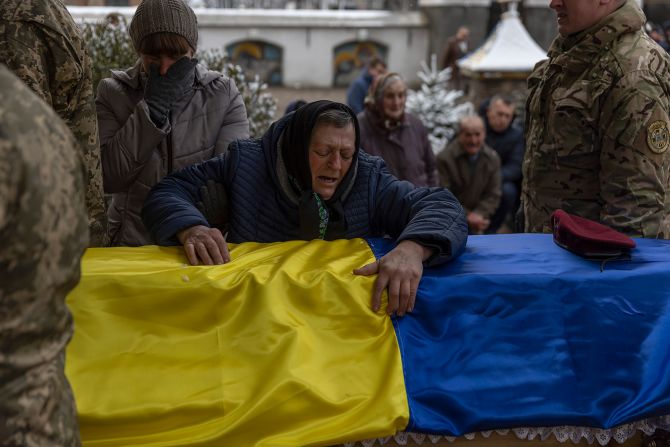
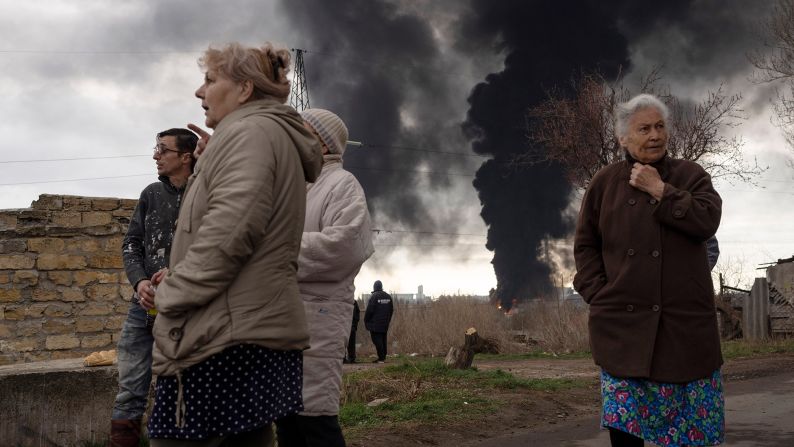
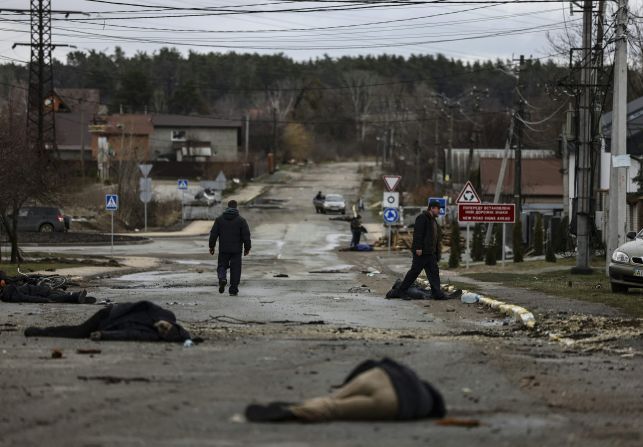
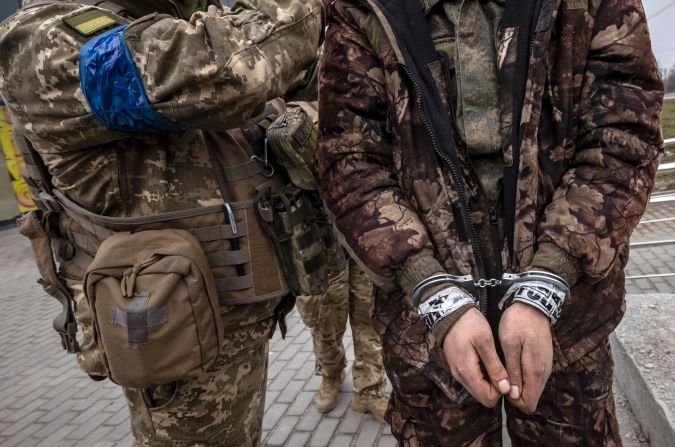
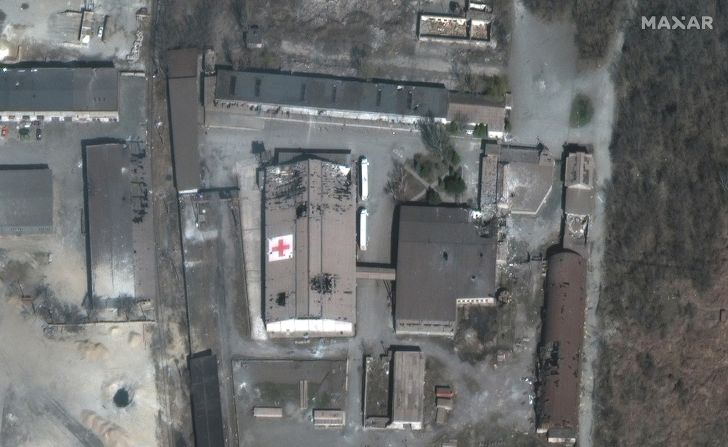
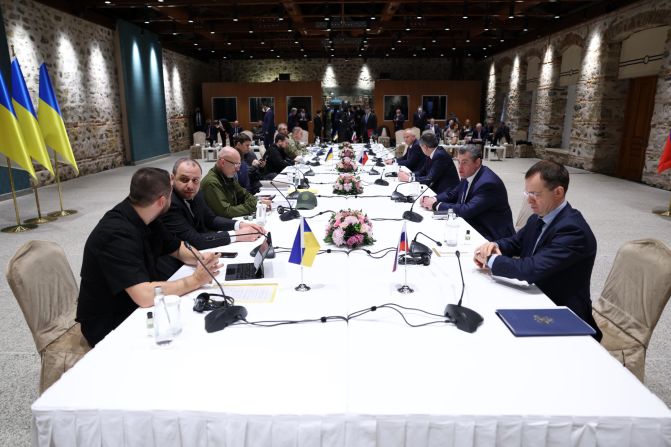

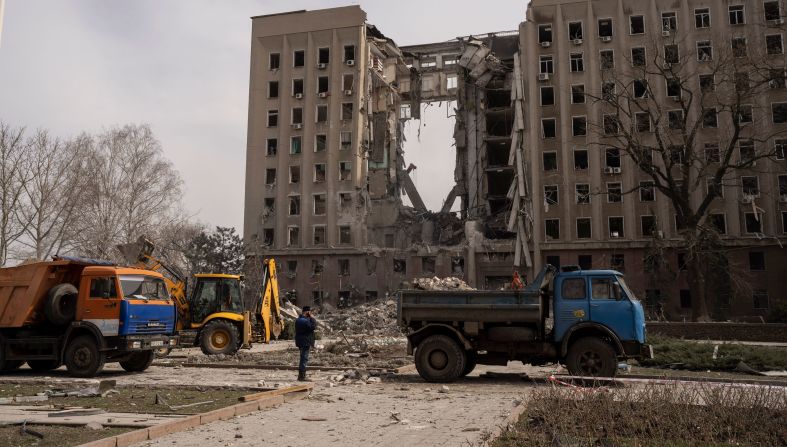
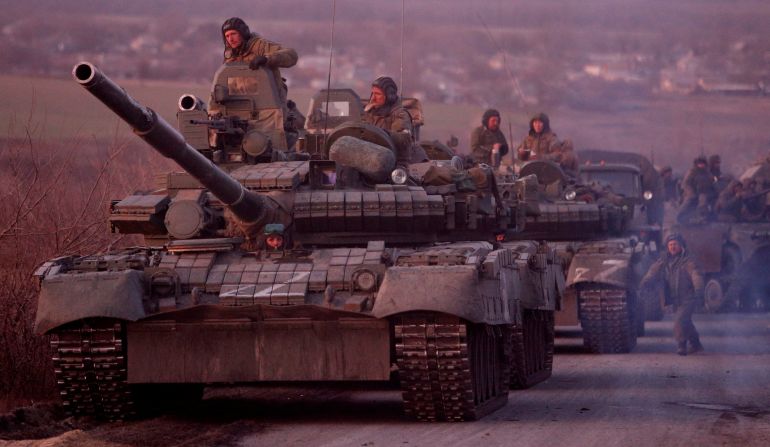


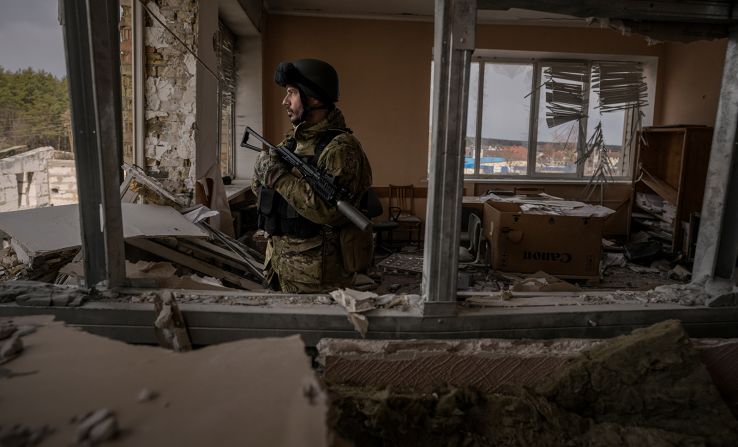

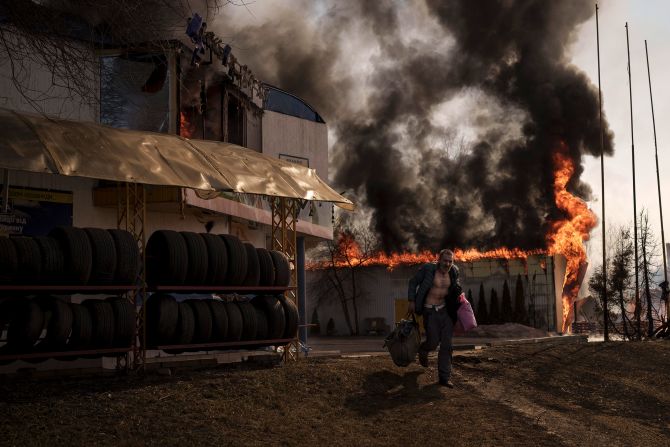
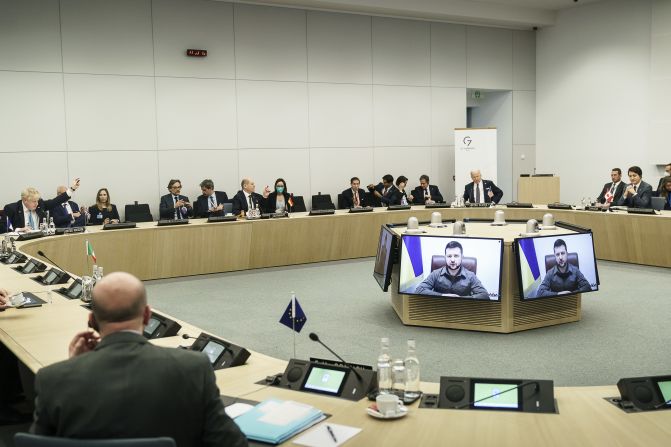


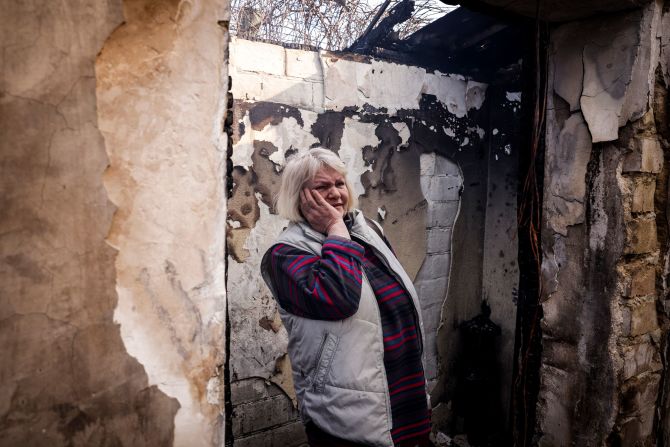
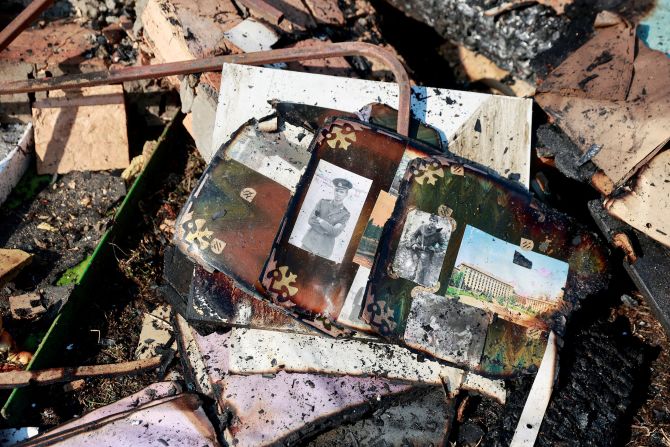
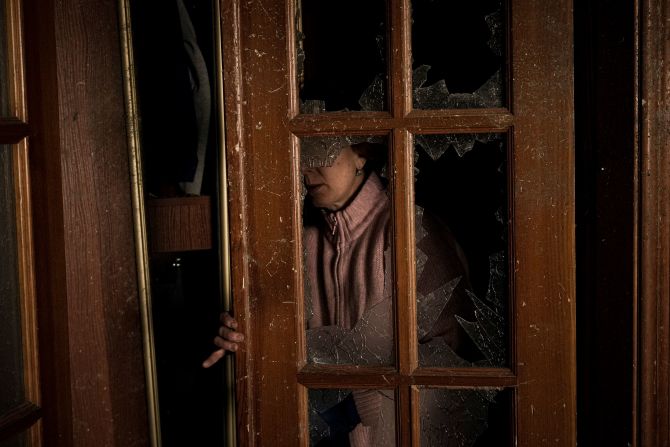
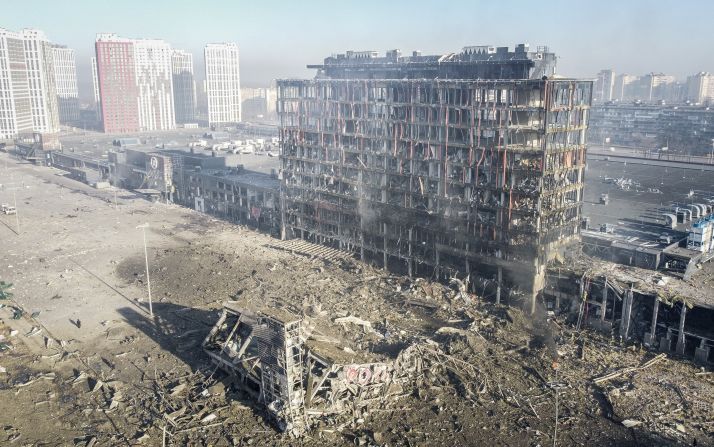

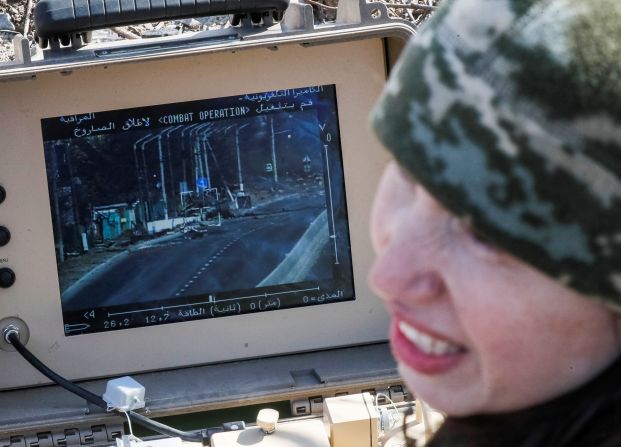


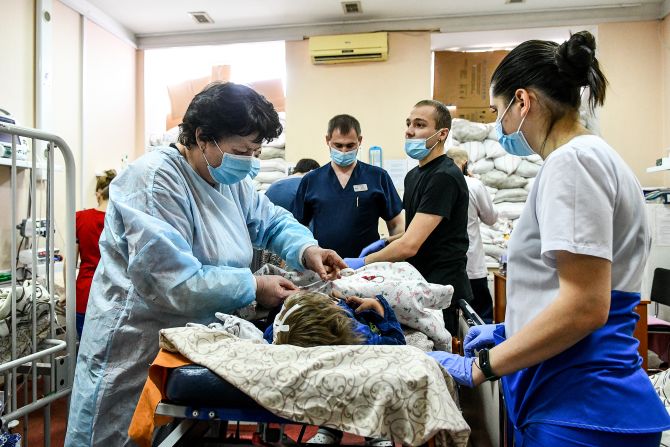
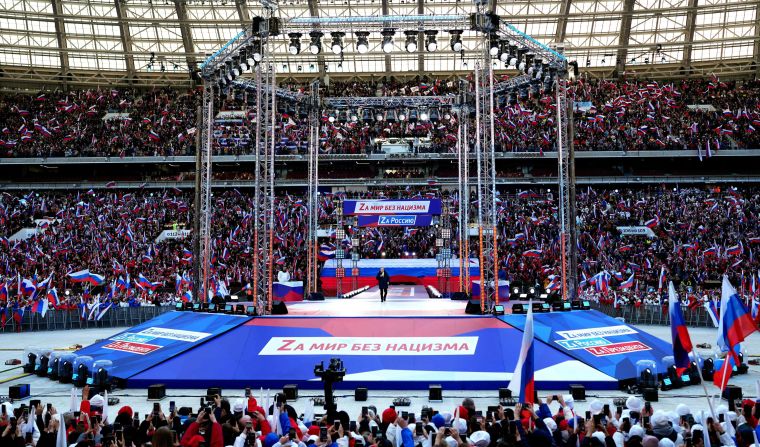

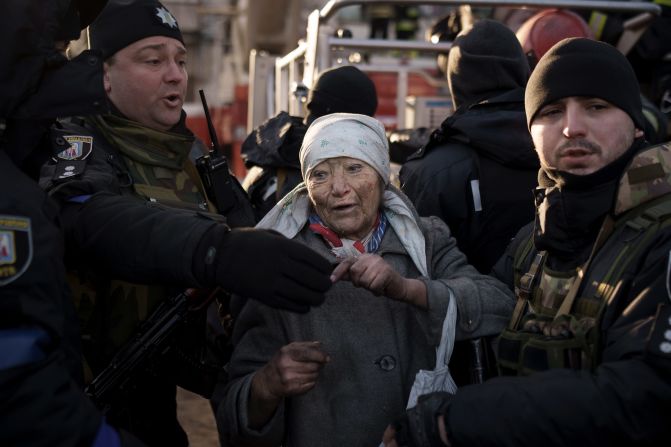
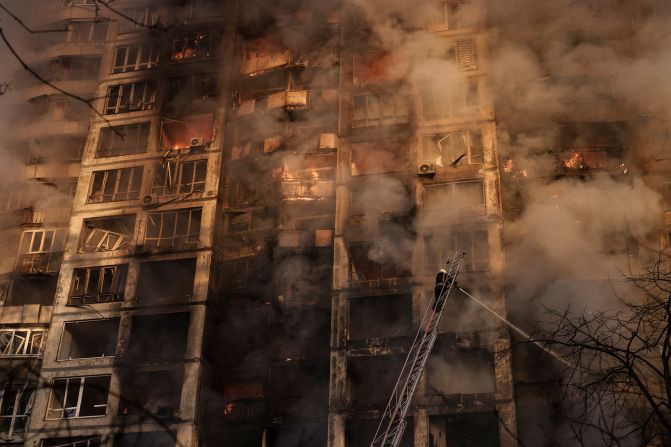
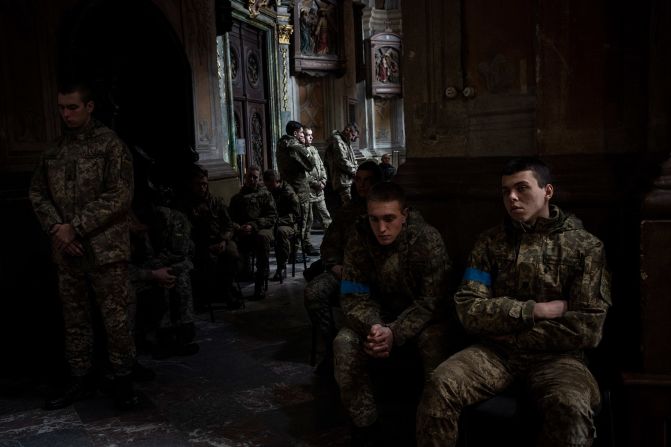




















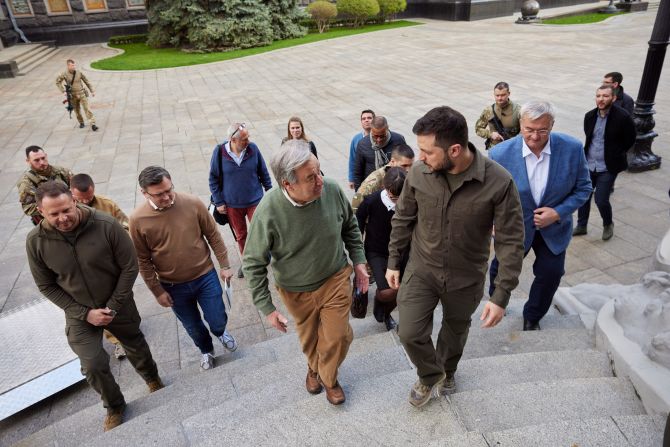








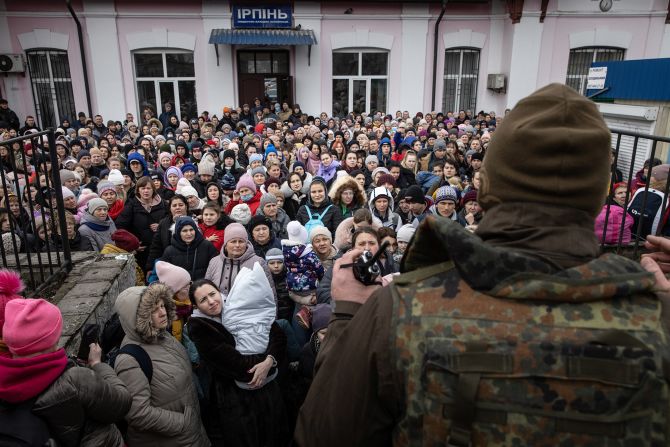






















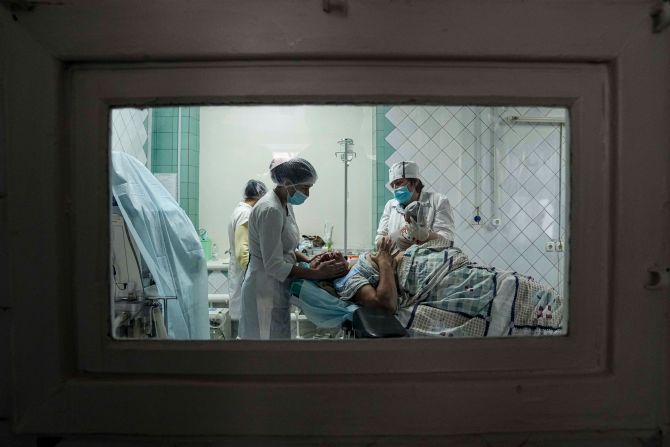

























































































In pictures: Russia invades Ukraine
South of Izium, Russian forces are advancing along three routes. It’s as if Russian commanders have absorbed the lessons of Kyiv, when a single Russian column sat for weeks to the north of the capital.
The ISW says that another factor in their advance may be that to the north of the Donbas region the Ukrainians don’t have fixed defensive positions, as they have had in Donetsk and Luhansk along the “line of contact” since 2014. Those defenses mean the Russians are still struggling, despite weeks of missile and artillery attacks, to take places like Avdiivka, near Donetsk city.
Similarly, the Ukrainians have held on in the city of Severodonetsk, in Luhansk region, despite intense shelling witnessed by a CNN team there on Wednesday. But places like Severodonetsk and nearby Rubizhne are almost entirely ruined and at the end of long, tenuous supply lines for the Ukrainians.
In turn, there are growing signs that the Ukrainians are taking aim at Russia’s long supply lines. There have been more unexplained “incidents” far behind their front lines, as fuel and ammunition depots in western Russia have suddenly exploded in the middle of the night. A fuel dump near the Ukrainian border burned in the early hours of Wednesday, just as another near Belgorod did 24 hours earlier.
Ukraine has not directly claimed responsibility for these events, but on Wednesday presidential adviser Myhailo Podolyak said cryptically: “In these Russian regions, large fuel depots that provide fuel for the Russian army’s armored vehicles periodically burn and ammunition depots explode. For various reasons.”
These rear positions represent obvious and necessary targets for the Ukrainians to try to complicate Russia’s ability to sustain its ambitious offensive. The Ukrainians have also shown they can plan and execute successful counterattacks that harass Russian flanks, and they will be looking for further opportunities as the Russians try to push forward.
Southern front
The Russians have also stepped up the pace of military operations in the south. Over the past week, villages in the Zaporizhzhia region have seen heavy shelling, and the city of Kryvyi Rih now seems to be on the Russians’ radar. That’s at least the working assumption of Ukrainian officials.
The Ukrainian military’s Southern Command said Wednesday that Russian units were regrouping and conducting air reconnaissance as they tried to improve their tactical positions. A large area north of Mykolaiv has seen days of heavy fighting, with one Ukrainian soldier commenting on video about seeing a huge number of Russian armored personnel carriers.
Within the past two days, a previously placid backwater of southwestern Ukraine has also been drawn into the conflict, after two missile attacks against the only bridge that connects it with Odesa and the rest of the country. This area is especially vulnerable given the presence of some 1,500 Russian troops in Transnistria, a breakaway region of neighboring Moldova.
The destruction of the bridge followed two unexplained sabotage attacks in Transnistria. The Ukrainians see these incidents as planned provocations by the Russians – a possible pretext for a move into the region to the west of the river Dniester, which borders Romania. Last week, a top Russian general said Russia intended to establish “full control” over southern Ukraine during the second phase of its invasion, adding that doing so would give its forces access to Transnistria.
Overall, it seems that after abandoning plans to subdue Kyiv, Russian forces are trying to stretch their opponents along front lines that now run for hundreds of miles: from eastern Ukraine to the deep south. At the same time, they are hitting infrastructure far behind these front lines – from railway power networks in western Ukraine to fuel and weapons stocks across the country.
In the short term, it seems that the Russian command wants to deliver tangible results to the Kremlin in time for the Victory Day parades on May 9. In the longer term, questions remain over President Vladimir Putin’s ultimate goals in Ukraine.
The Ukrainians will need every last piece of promised Western weaponry to withstand what is now an onslaught, as well as agile tactics to ensure units are not surrounded.




